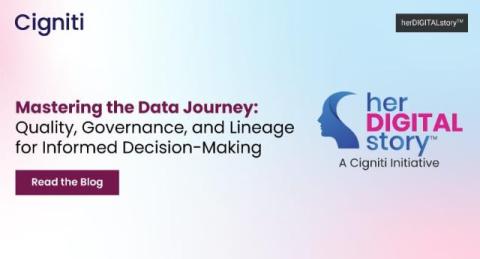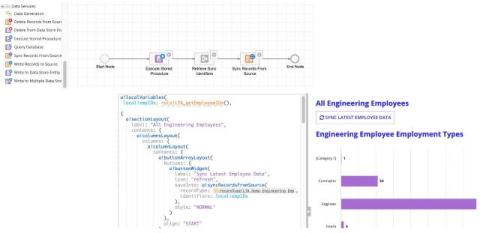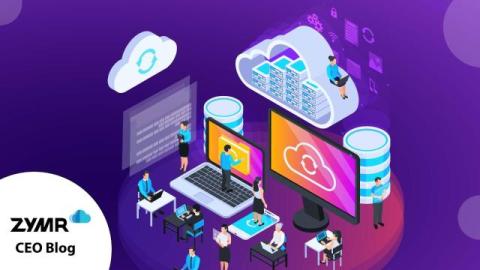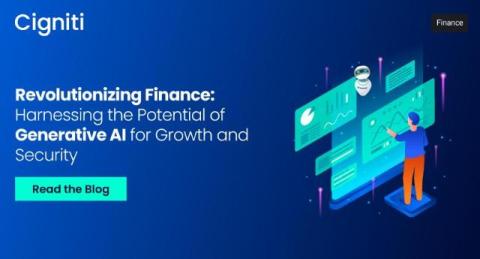hDs Chapter 5 - Mastering the Data Journey: Quality, Governance, and Lineage for Informed Decision-Making
In the digital age, data is the lifeblood of organizations, driving strategies, innovation, and decisions. However, harnessing its power requires more than just collecting the data. It demands meticulous management of data quality, governance, and lineage. These pillars form the backbone of informed decision-making, enabling organizations to transform raw data into actionable insights. According to Gartner, poor data quality costs organizations an average of $12.9 million every year.











